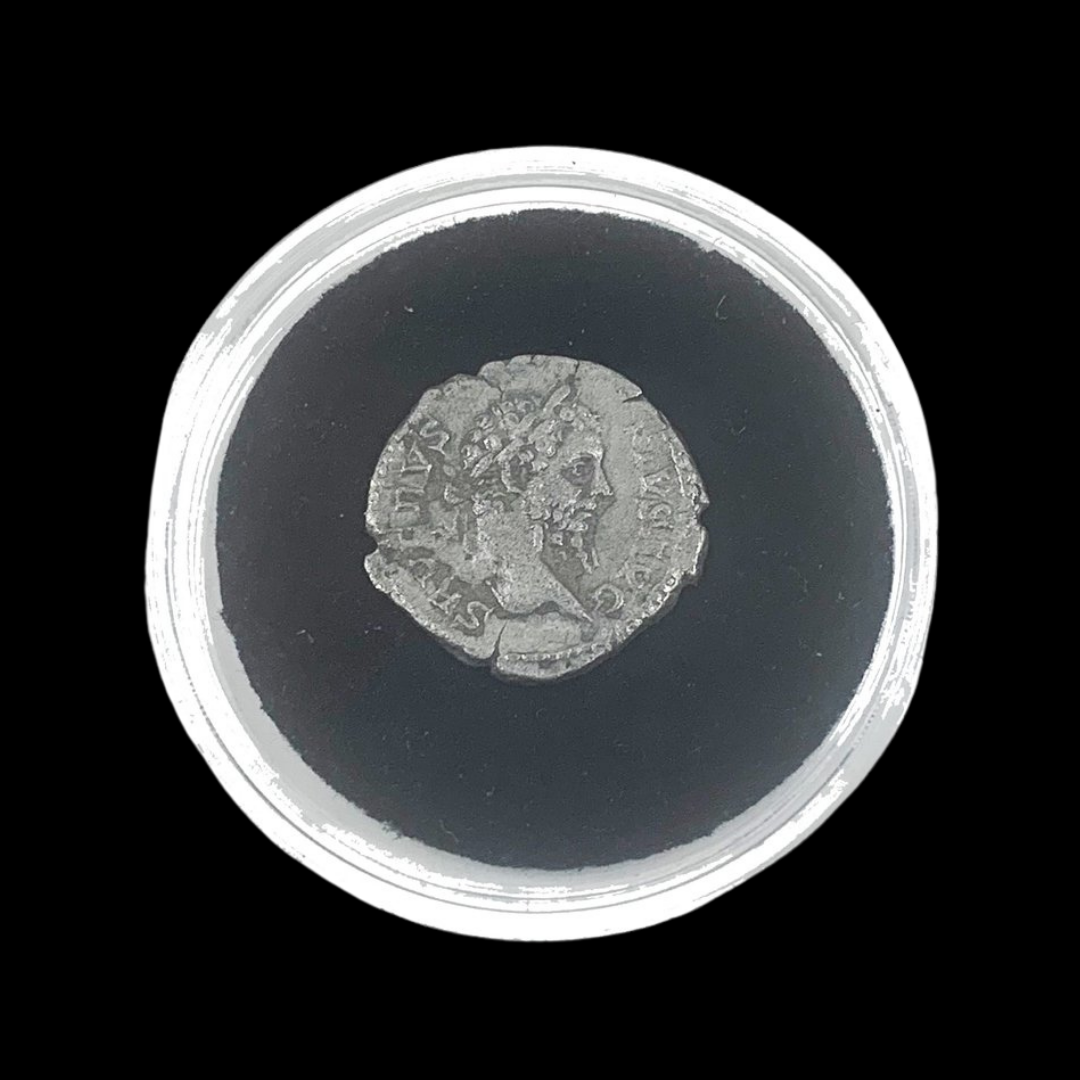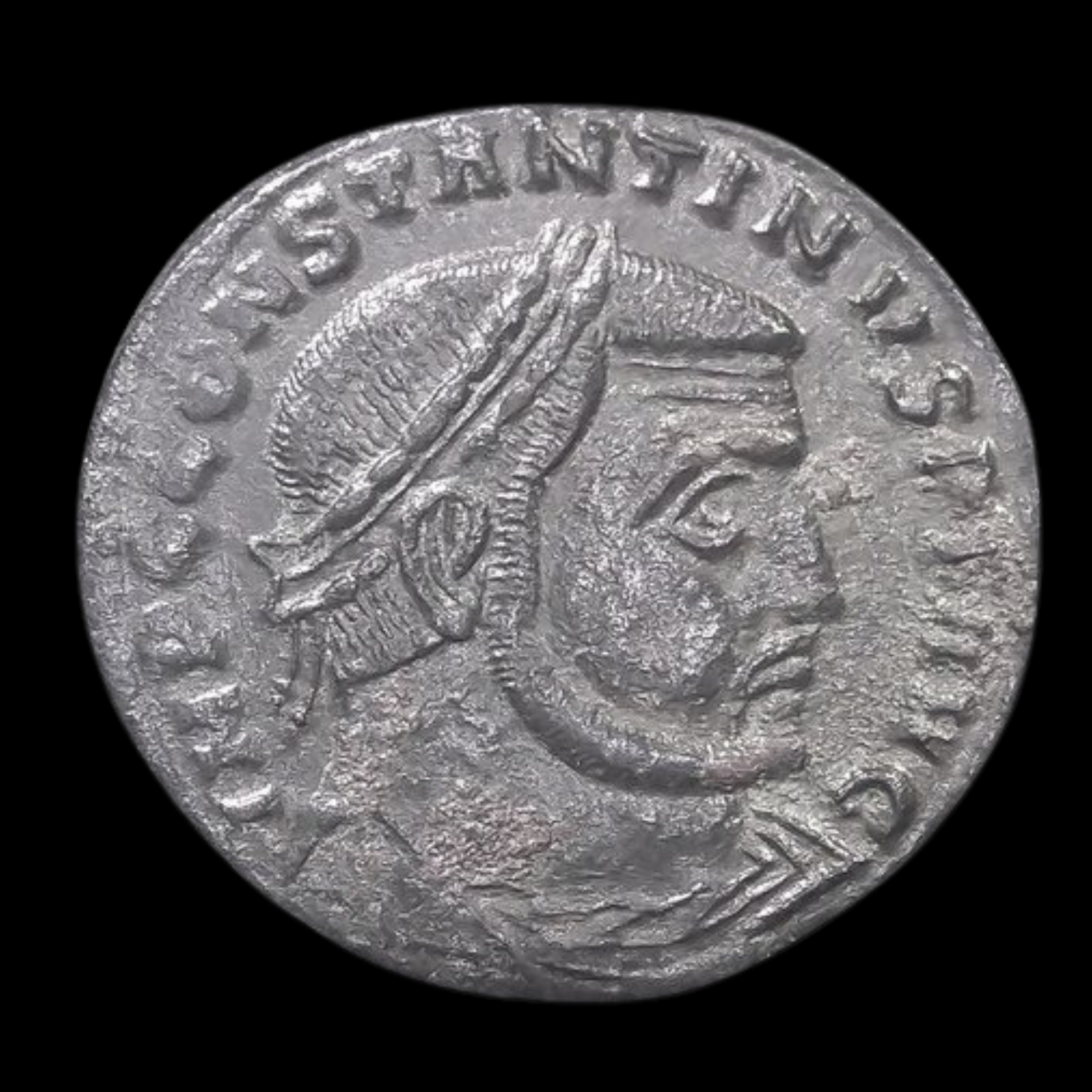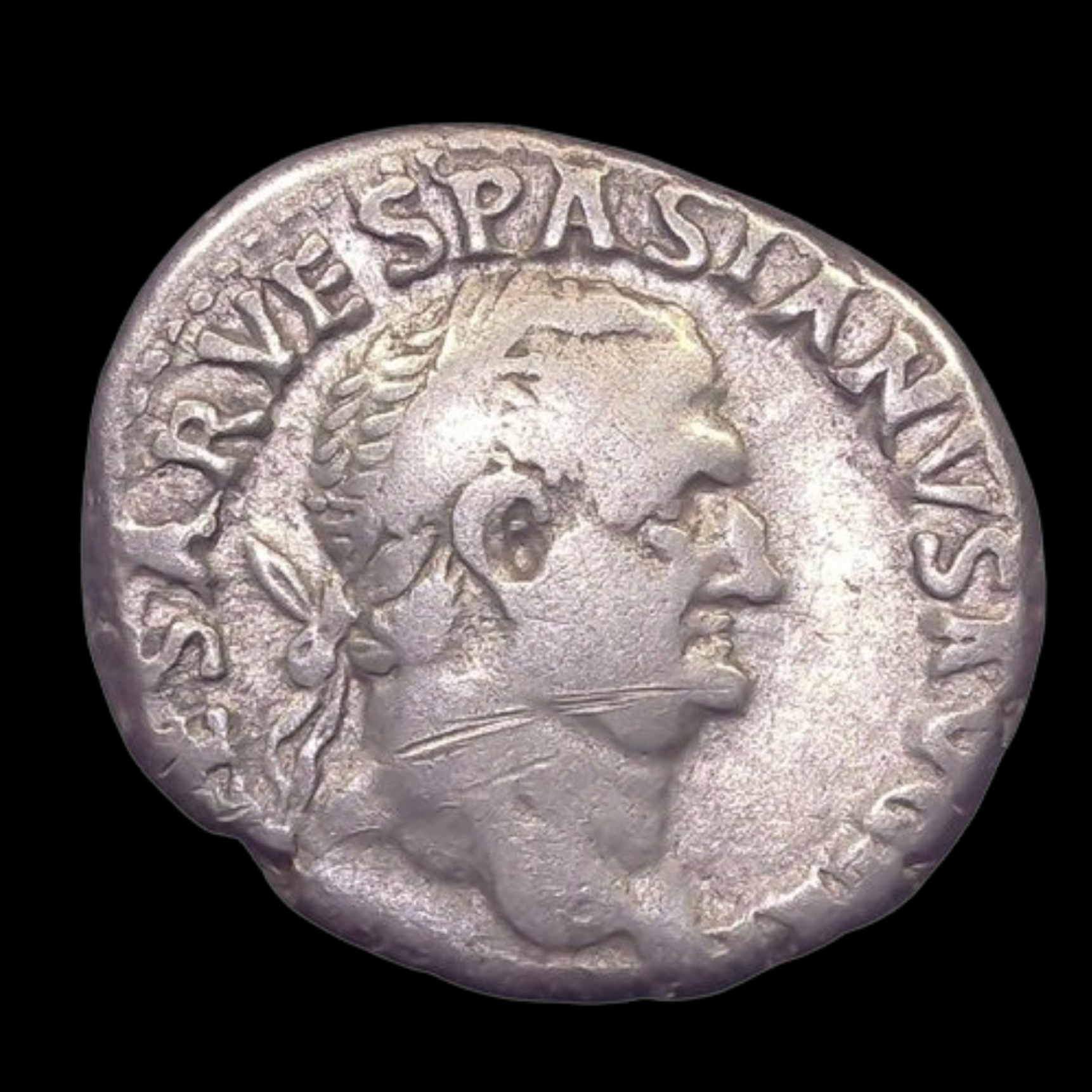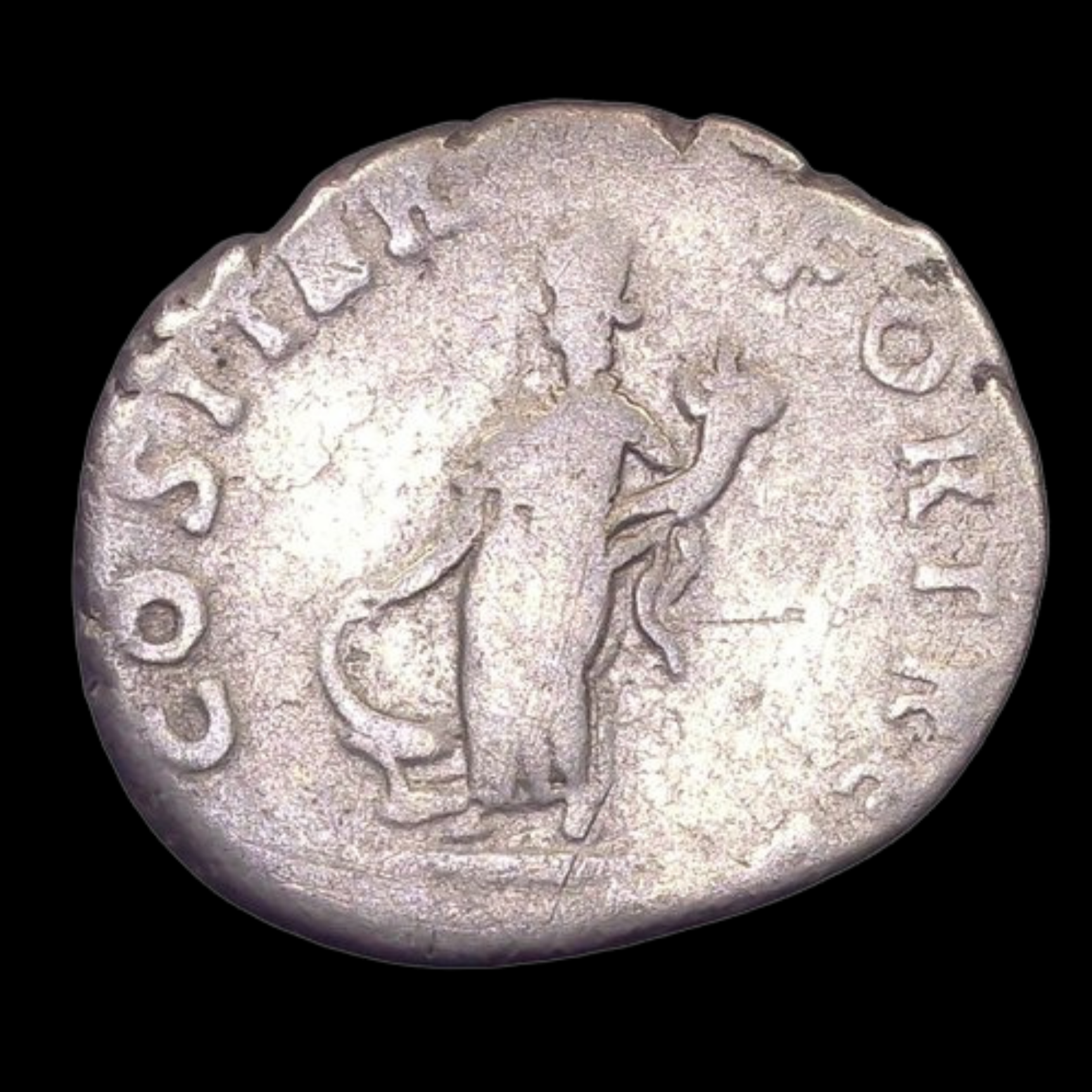 Image 1 of 7
Image 1 of 7

 Image 2 of 7
Image 2 of 7

 Image 3 of 7
Image 3 of 7

 Image 4 of 7
Image 4 of 7

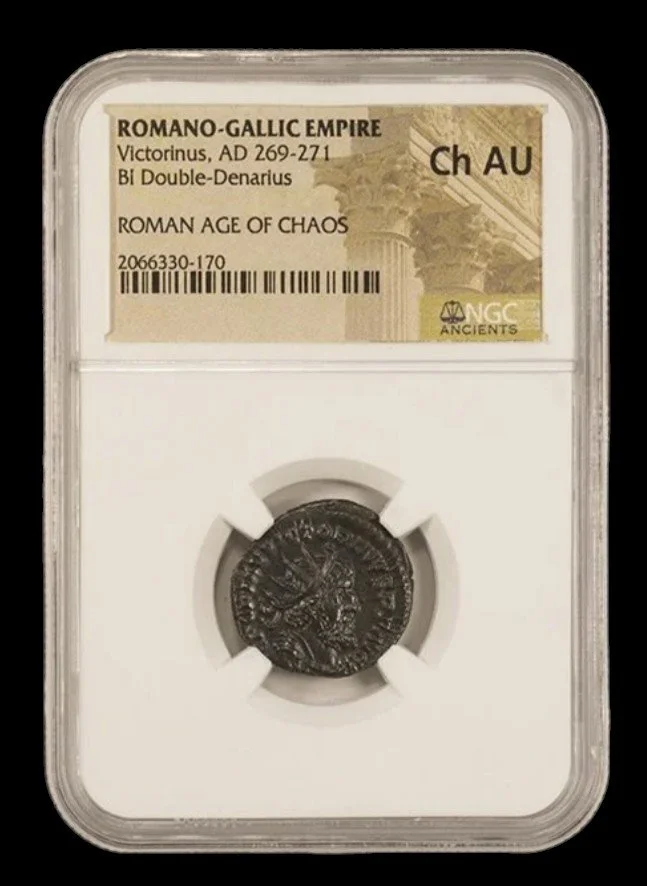 Image 5 of 7
Image 5 of 7

 Image 6 of 7
Image 6 of 7

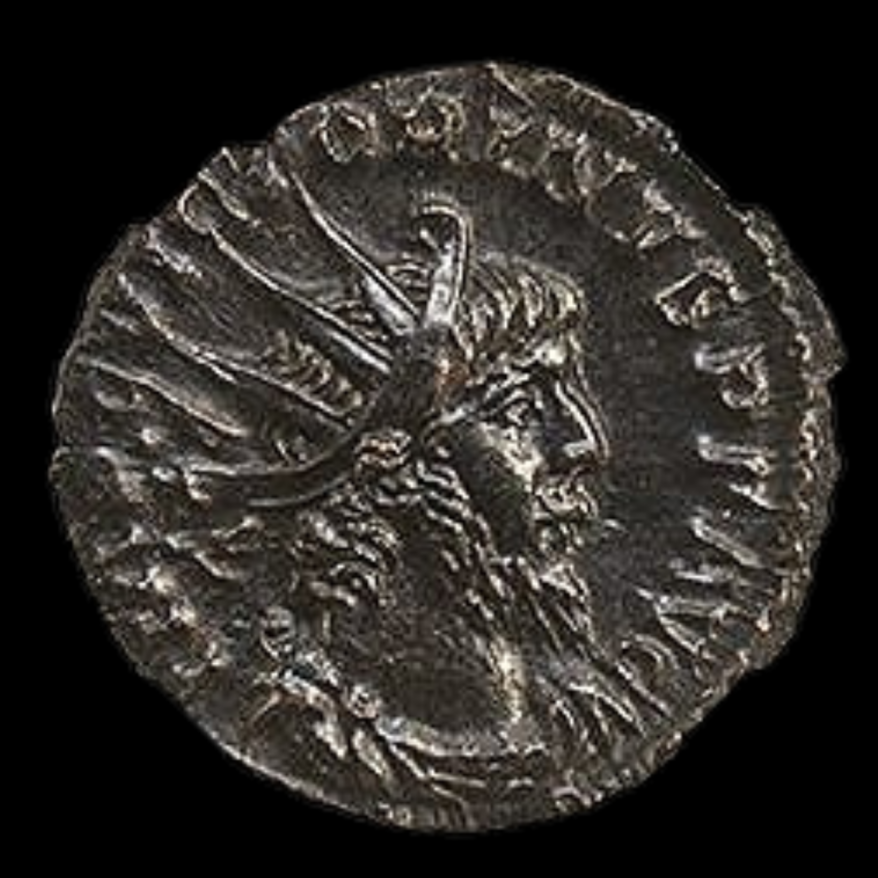 Image 7 of 7
Image 7 of 7








Roman AE Coin of Victorinus (about 1,754-1,756 years ago)
The coins shown are representative examples of the grade and type, but not the actual specimens for sale. For details on NGC’s grading standards and definitions, please refer to our NGC Grading page.
Roman AE Coin of Victorinus (about 1,754-1,756 years ago)
This bronze coin was issued by Victorinus, who ruled the breakaway Gallic Empire for approximately two years. The Gallic Empire was a separate Roman state that formed during the Crisis of the Third Century, encompassing territories in what is now France, Spain, Germany, and Britain.
Coin Description:
Front side: Portrait of Victorinus wearing a radiate crown with his name and imperial titles in Latin
Back side: Likely depicts Roman deities, personifications of virtues like Peace (Pax) or Victory (Victoria), or military imagery
Technical Details:
Bronze composition (AE stands for "Aes" meaning bronze in Latin)
Denomination from the Gallic Empire's monetary system
NGC certified (Numismatic Guaranty Company authentication)
Minted between 269-271 CE
Condition as noted in NGC slab
Historical Significance:
Victorinus came to power in the Gallic Empire after the assassination of Postumus in 269 CE. The Gallic Empire was a breakaway state from the Roman Empire during the tumultuous Crisis of the Third Century, when Rome faced numerous threats both internal and external. Despite its brief existence, the Gallic Empire maintained Roman traditions and institutions. Victorinus was recognized as a capable military leader who successfully defended his territories against the forces of the Roman Emperor Claudius II Gothicus. His brief reign ended in 271 CE when he was murdered by one of his officers, reportedly over a personal dispute. This coin represents an interesting chapter in Roman history when the empire temporarily fragmented before eventually being reunified.
The coins shown are representative examples of the grade and type, but not the actual specimens for sale. For details on NGC’s grading standards and definitions, please refer to our NGC Grading page.
Roman AE Coin of Victorinus (about 1,754-1,756 years ago)
This bronze coin was issued by Victorinus, who ruled the breakaway Gallic Empire for approximately two years. The Gallic Empire was a separate Roman state that formed during the Crisis of the Third Century, encompassing territories in what is now France, Spain, Germany, and Britain.
Coin Description:
Front side: Portrait of Victorinus wearing a radiate crown with his name and imperial titles in Latin
Back side: Likely depicts Roman deities, personifications of virtues like Peace (Pax) or Victory (Victoria), or military imagery
Technical Details:
Bronze composition (AE stands for "Aes" meaning bronze in Latin)
Denomination from the Gallic Empire's monetary system
NGC certified (Numismatic Guaranty Company authentication)
Minted between 269-271 CE
Condition as noted in NGC slab
Historical Significance:
Victorinus came to power in the Gallic Empire after the assassination of Postumus in 269 CE. The Gallic Empire was a breakaway state from the Roman Empire during the tumultuous Crisis of the Third Century, when Rome faced numerous threats both internal and external. Despite its brief existence, the Gallic Empire maintained Roman traditions and institutions. Victorinus was recognized as a capable military leader who successfully defended his territories against the forces of the Roman Emperor Claudius II Gothicus. His brief reign ended in 271 CE when he was murdered by one of his officers, reportedly over a personal dispute. This coin represents an interesting chapter in Roman history when the empire temporarily fragmented before eventually being reunified.



